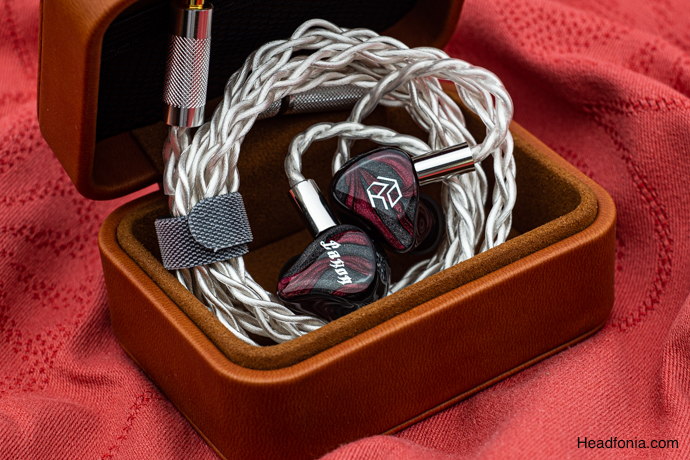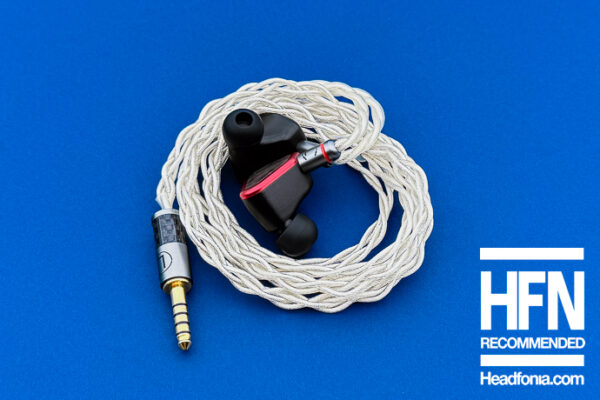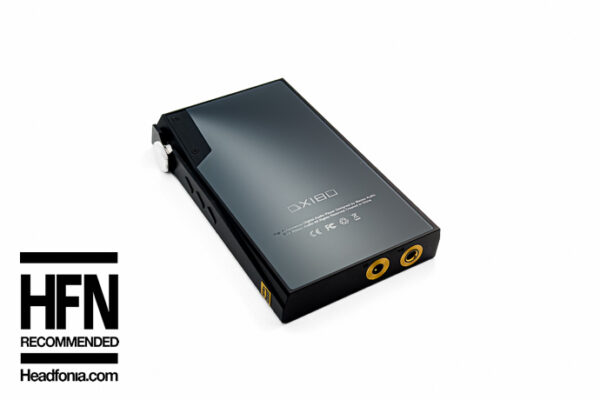Yanyin Canon – Sound
Canon uses a 3-switch tuning system and I’ll mention it many times in this paragraph. I’ll leave an explanatory diagram below for you to understand better. The leftmost switch controls the bass, the middle switch controls the mid, and the rightmost switch controls the treble. According to this;
0-0-0: Stock
0-1-0: Midrange Gain Active
0-0-1: Upper Mid / Treble Gain Active
etc.
Testing Equipment: FiiO K9 Pro, Topping G5, System-wide Audioquest Cables, and various IEMs.

With the switches in the 0-0-0 position, Canon delivers a fairly balanced sound signature with a slight emphasis on the bass. It has a bass that is thick, impactful, and definite. The signature feels dynamic and articulate.
In this mode, the midrange is slightly recessed. The Canon is very revealing in nature, especially its upper mid-range to treble range tuning is very detailed. The extension, the resolution, and the clarity are very good for a mid-tier monitor. Tonally, this setting is suitable for genres such as House, Trap, Dance, etc.
The fun factor goes up a notch when the switches are in the 1-0-0 position. The Canon already has a strong bass response, and when you add the gain from the switches, you get some seriously hard-hitting, rounded bass reproduction. I don’t ever feel the need to have this much bass as I am after that tonally correct, balanced sound but it is nice to have the option. Of course, as a result, the midrange feels even more recessed. It also feels thin, compared to the rest of the spectrum, in this mode. This setting may be suitable/fun for dubstep, glitch hop, bass house, etc.
When we move the switches to the 0-1-0 position, Canon manages to impress me quite quickly. The recession in the mid-region is gone and the mids come to play next to the bass and treble, resulting in a more homogeneous and tonally balanced sound. I find this switch position superior because, for the absolute best sound quality, I believe there should not be any dips or unwanted peaks, or ranges that feel “boosted”. Everything should be in total harmony while having good tonal balance across the spectrum.
In this mode, the Canon has a splendid amount of bass, it does not feel too much or too little. The extension is also great, it has no trouble reaching deep. The bass is textured and detailed, the custom DD is very impressive. The midrange feels articulate, detailed, and energetic. The vocals are perfectly centered with a realistic render. The note weight is adequate, not thick nor thin. Instruments retain accurate timbre and upper mids have a good extension.
The presentation feels airy, and it is easy to track individual instruments on the stage. The energy of the upper mids increases the perceived resolution and the mids being further forward than the stock setting gives us a more balanced output altogether.

The treble of the 0-1-0 position is quite nice as well. The Cannon has plenty of energy and clarity in the top end. The treble feels detailed, extended, and clean. It is also very controlled, it does not feel brittle or strident. The attack & decay feels fast and snappy with plenty of micro-details. Kudos to the Yanyin team!
When we move the switches to the 0-0-1 position, the amount of upper mids and treble increases. This setting affects not only the treble but also most of the upper mids so 5k and up would be my educated guess. The Canon feels more energetic but brittle at times, especially with congestion-prone music. Also, it does not feel as forgiving therefore listening to not-so-well recorded tracks is more problematic than before. So, what is this setting good for then, you may ask?
I think the fact that Canon comes with an adjustment system at this price tag tells us a lot. It could be developed not only for audiophiles who already have a good neutral DAC at home, but also for new audiophiles who are new to the hobby, and who are likely to have problems like source-matching. A potential customer with a warm-sounding source will find the 0-0-1 setting very useful in boosting the treble and equalizing the overall curve for example.
Technical Capability
The Canon is an impressive monitor and easily pushes beyond its price tag. The Canon offers great tonal balance whilst having great detail retrieval. The hybrid design allows it to be more “fun” than your average BA-equipped monitor and the 0-1-0 setting lets you bring down the bass a notch and make it tonally balanced. With this setting, the Canon offers great timbre and pictures an accurate stage. The layering and the instrument separation are great, tracking individual instruments on the stage is easy and effortless.
The 0-1-0 setting allows it to be more controlled, especially in the upper midrange and treble compared to the 0-1-1 setting. The 0-1-0 setting offers an optimal amount of energy in the top range while staying below the sibilance/harshness. The Canon offers great PRaT in this setting and turning up the bass has a negative effect on PRaT. If you listen to genres where there are multiple instruments on the stage, I recommend you stick to the 0-1-0 setting as it handles congestion better than the rest according to my tests.
Overall, the Canon offers great value and is a technically advanced monitor that easily pushes above its price tag.
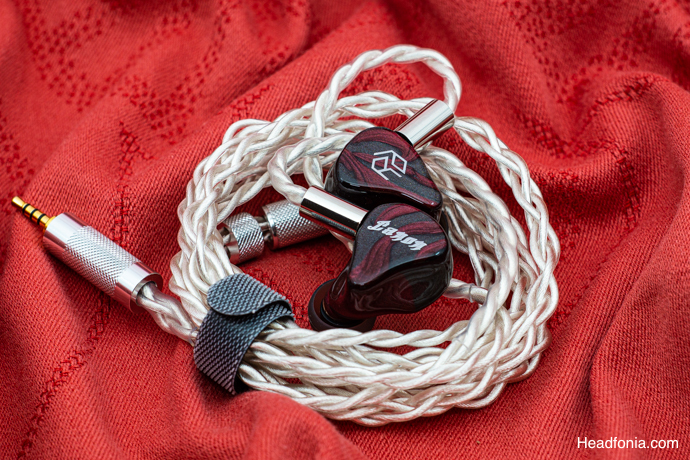
Comparisons
Shozy Magma ($499 USD)
The Magma is a quad-driver IEM that utilizes tribrid technology. It has 2EST, 1DD, and 1BA drivers in its compact shell. Let’s see how it fares against the Canon. Firstly, build-wise, both of the IEMs feel durable and well-built. The Magma has a unibody shell whereas the Canon has a metallic nozzle. The Canon offers a better unboxing experience and a much better cable. Also, it comes with a chic faux leather carrying case.
The Canon’s soundstage is slightly narrow in comparison and the Magma positions the stage further away from the listener. Technical-wise they both have great imaging and instrument positioning. The Canon has a better treble extension and slightly more impactful bass, in its default setting, especially sub-wise. The Magma feels bolder, more rounder in comparison. It also has a slightly thicker note weight, especially in the midrange.
ThieAudio Elixir ($209 USD)
Elixir is Thie Audio’s budget-oriented in-ear monitor that experiments with different technologies for the first time. By combining stronger pole magnets and a completely copper voice coil actuator, the new driver aims to deliver a balanced, clean sound reproduction. We dive into the details and take a closer look at Elixir in our review, here.
Compared to the Elixir, the Canon is a worthy rival with a very clean and energetic presentation, impactful bass, and an overall resolving signature.
The Canon’s soundstage is slightly wider and the headroom feels slightly bigger compared to the Elixir. Technical-wise they both have great imaging and instrument positioning, however, Canon’s PRaT and dynamism are slightly better than the Elixir. Note that there is a 140 USD price difference between the units. Both of the earphones are great in their respective price brackets.
The Canon’s upper midrange and treble are slightly more energetic and may be discomforting if you are already using a bright-sounding source. With the interchangeable switch system, Canon can be a more future-proof investment as it synergizes better with more devices.
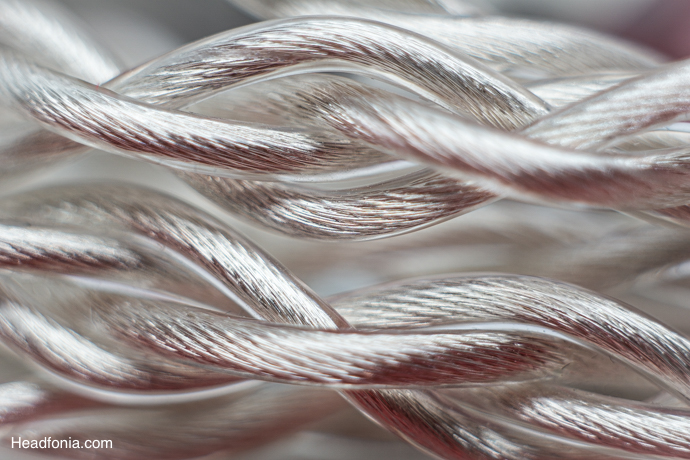
Last Words
Yanyin’s mid-tier offering, the Canon features a great price-to-performance ratio in my opinion with its features. There is much that is positive about the Canon. Yanyin’s craftsmanship is impressive, and so does the quality of materials and accessories.
The Canon succeeds in its price bracket and stands out among its competitors by up to 500 dollars with its modifiable presentation. If you’re looking for an IEM that pairs well with any source and works beautifully with a wide range of genres, I highly recommend giving the Canon a try.
Page 1: Yanyin, Canon, Packaging & Accessories, Design, Build & Fit
Page 2: Sound, Technical Capability, Comparisons, Last Words






